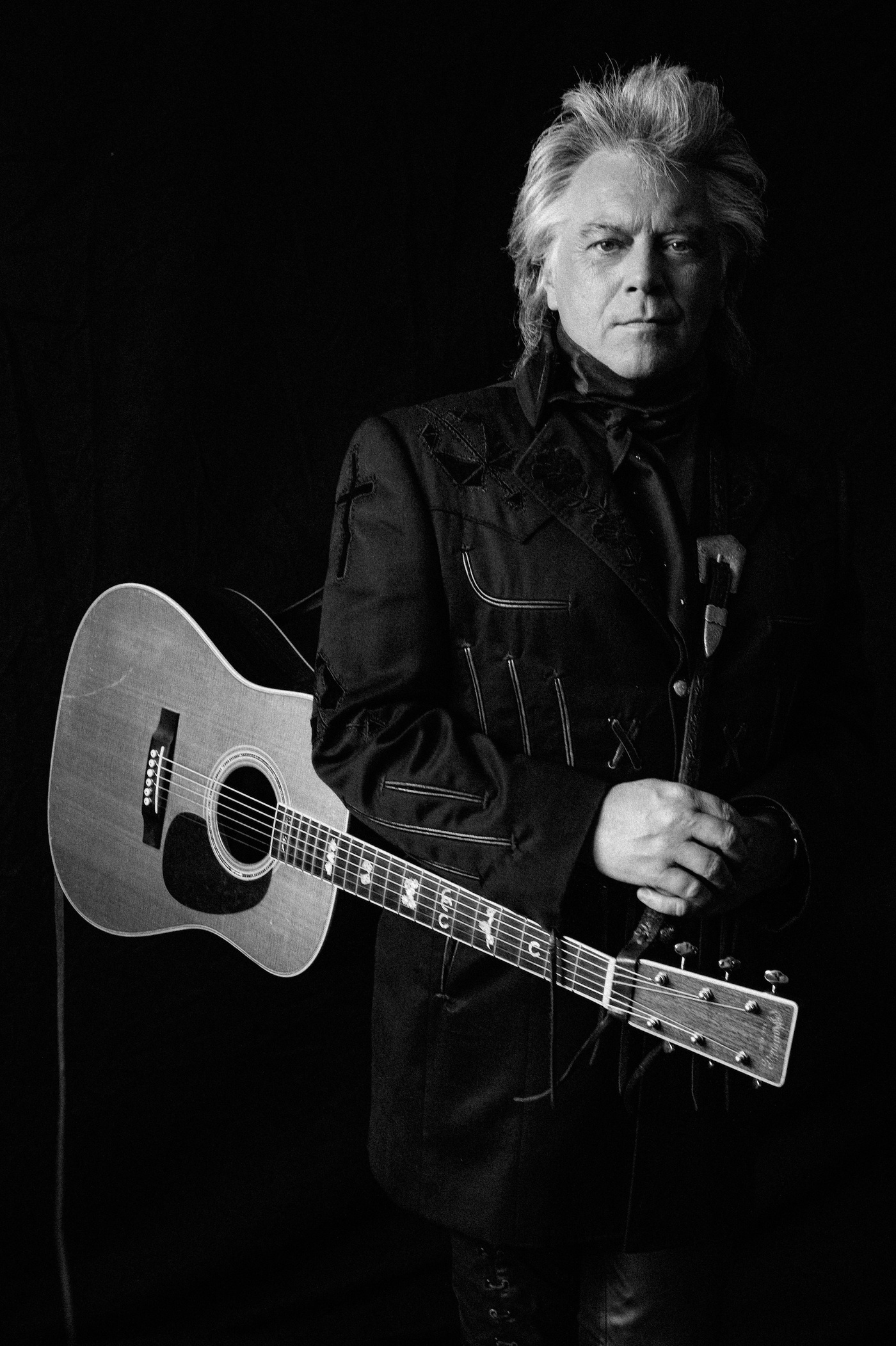

The album’s title track, a duet with Travis Tritt, was released as a single and became another Top Ten hit for Stuart. That same year, Stuart released the album This One’s Gonna Hurt You on MCA. In 1992, his former record company, Columbia finally released his album Let There Be Country. In 1991, he co-wrote a song with Travis Tritt called “The Whiskey Ain’t Workin’.” The song was recorded as a duet on Tritt’s 1991 album It’s All About to Change, and became Marty’s biggest hit. The album featured a cover version of the Johnny Cash hit “Cry! Cry! Cry!.” In 1991, he released another album, Tempted, and the title track became Stuart’s first Top-5 hit. The album received positive reviews from critics, who compared Marty’s work to that of country singer Dwight Yoakam. The other song, “Western Girls,” broke the Top 20. The title track, “Hillbilly Rock,” was his first Top 10 hit on the Country charts. In 1990, he found commercial success with the album, when two songs from Hillbilly Rock became hits. That year, Stuart released his first album on MCA, Hillbilly Rock. Where he landed to a deal with MCA Records in 1989, formerly known as Decca Records. Roland White invited Stuart to rejoin his band as their fiddler and this helped Stuart build his confidence to try again at becoming a singer. His marriage to Cindy Cash ended up in divorce in 1988, leading to Stuart’s return home to Mississippi. Stuart recorded a follow-up album, Let There Be Country, but Columbia failed to release it after Stuart had a heated discussion with the label head over its decision to drop Johnny Cash from the Columbia roster. Although he had a hit with “Arlene”, the album itself did not sell well. The following year, he released a self-titled album on the label, which produced a Top 20 hit on the Billboard country charts in the song “Arlene.” Stuart garnered his first cover story in 1986, appearing in a Mid-South magazine article titled “Nashville’s New Hopes.”Īlso in the article were Vince Gill, Sweethearts of the Rodeo and Lisa Angelle.

Later that year, he left the Cash’s band and landed by recording the contract with Columbia Records. At the end of the session Perkins presented him with his guitar. In 1985, he accompanied Johnny Cash to Memphis and played the Class of ’55 album that featured Carl Perkins, Roy Orbison, and Jerry Lee Lewis. He recorded a follow-up album, known as Let There Be Country, but Columbia failed to release it after Stuart had a heated discussion with the label head cover and its decision to drop Johnny Cash from the Columbia roster.

He bought his unique guitar in 1980 from White’s widow. This instrument, either a ’54 or ’56 (different sources) is the original B-Bender guitar, built by White and Gene Parsons around 1967, designed to allow the guitarist to manually raise the guitar’s ‘B’ string one whole step to play pedal steel style licks. He can play just like him.” His guitars include ‘Clarence’, the familiar two-tone Fender Telecaster, once owned by Clarence White. He’s the only one that I’ve ever heard playing guitar, he sounds like Pop. My sisters and I took him to our brother. Mavis Staples explained, his father as “My father was Marty’s godfather. Many of the items in the exhibit came from the private collection of Stuart, including the last portrait of Cash (taken by Stuart four days before Cash died) Yvonne and Mavis Staples gave one of their father’s, “Pops” Staples, guitars to Marty Stuart after Staples’ death. The exhibit highlighted the West Coast impact on country music, featuring items by artists including Johnny Cash, Merle Haggard, Buck Owens and Stuart himself. In 2018, he co-curated, along with the Grammy Museum, in an exhibit at the Woody Guthrie Center in Tulsa, Oklahoma, entitled “Marty Stuart’s Way Out West: A Country Music Odyssey.” His collection of music memorabilia and photography was exhibited at the Tennessee State Museum in 2007 as “Sparkle & Twang: Marty Stuart’s American Musical Odyssey.” The “Sparkle & Twang” exhibit later appeared at the Rock and Roll Hall of Fame and Museum in Cleveland, Ohio, and at the Arkansas Statehouse Museum. In 2007, Stuart produced country legend Porter Wagoner’s debut album on the predominantly punk label Epitaph Records. In October 2005, he released a concept album, Badlands: Ballads Of The Lakota, which pays tribute to the Sioux culture in what is now South Dakota. Stuart released three critically acclaimed collections on Super latone, Souls’ Chapel, Badlands and Live at the Ryman. In 2005, he launched a custom of records labeled on Super latone Records, to issue the overlooked Southern Gospel and Roots music recordings.


 0 kommentar(er)
0 kommentar(er)
